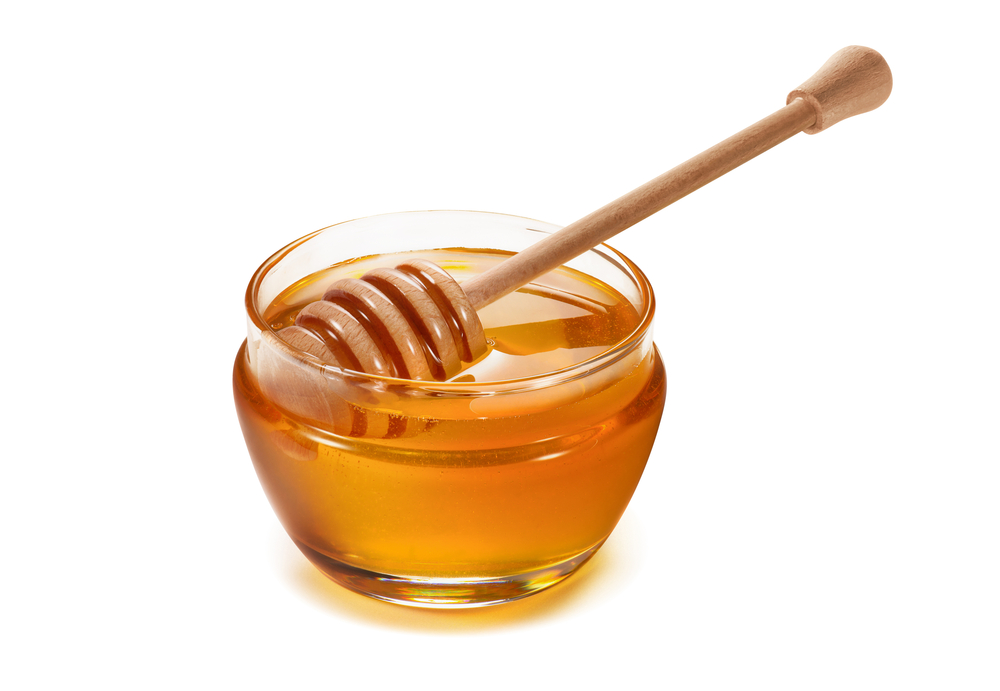
Healthy Alphabet: H is For…Five Foods that are Good For You
We are constantly bombarded with information about what we should and shouldn’t eat which can become confusing.
Caymanrestaurants.com has decided to go for a simple approach and provide an alphabetical guide to some of the healthiest foods you can add to your diet.
We’ll be going from A-Z and listing up to five fruits and vegetables that are packed with minerals and vitamins while also providing nutritional facts on their health benefits.
We’ve looked at A-G so let’s move on to H.
Haricot Beans

Haricot beans, also known as navy beans or white beans, can be eaten fresh or dried. They are small and oval or flat shaped and have a cream or whitish colour.
Like most pulses and legumes, haricot beans are an excellent source of protein and carbohydrates as well as B-complex vitamins such as pantothenic acid, riboflavin, and niacin.
They also contain no sodium or saturated fats. These beans have high amounts of calcium, iron and other mineral nutrients which can lower cholesterol and are beneficial for intestinal issues.
Nutrition facts (one cup):
– 337 calories
– 1.1 grams of fat (1% of daily value (DV))
– 0 milligrams (mg) of sodium (0% DV)
– 1185 mg of potassium (25% DV)
– 22.3 grams of protein (40% DV)
– 15.3 grams of dietary fibre (40% DV)
– 147 mg of calcium (15% DV)
– 3.65mg of zinc (33% DV)
Hazelnuts

Hazelnuts are mainly grown in Turkey, Italy, America and Spain.
They have a sweet, mild flavour, and can be eaten raw, roasted or baked into cakes and biscuits.
Hazelnuts are packed with energy and full of essential vitamins and minerals including vitamin E, folate, manganese, calcium, copper, iron, and selenium.
Nutrition facts (100g):
– 646 calories
– 9.4 grams of dietary fibre (38% DV)
– 17.6 grams of carbohydrate (6% DV)
– 4.5 grams of saturated fat (23% DV)
– 755 mg of potassium (22% DV)
– 5.5 mg of manganese (277% DV)
– 88.0 micrograms (mcg) of folate (22% DV)
– 173 mg of magnesium (43% DV)
Honey

The medicinal properties of honey have been known for thousands of years and it was regularly used as a base for medicines and remedies in ancient times.
Honey also has antiseptic and antibacterial properties and modern medical science has used it for chronic wound management and to fight infection.
There are around 300 different types of honey and all of them have different qualities. Honey contains virtually no fat, fibre or protein. It is also low in vitamin and minerals, but good quality varieties are rich in a range of antioxidants.
Nutrition facts (one tablespoon):
– 63.8 calories
– 17.3 grams of carbohydrate (6% DV)
– 17.2 grams of sugar
– 0 grams of saturated fat
Horseradish

Horseradish is a member of the mustard family and was originally cultivated for its medicinal properties.
The characteristic bite and aroma of horseradish is only released when the root is ground or grated. During this process volatile oils known as isothiocyanate are released as the root cells are crushed.
Horseradish is a good source of dietary fibre, vitamin C and important minerals including zinc, magnesium, potassium, and manganese.
Nutrition facts (one ounce):
– 13.4 calories
– 3.2 grams of carbohydrate (1% DV)
– 0.9 grams of dietary fibre (4% DV)
– 0.3 grams of protein (1% DV)
– 7.0 mg of vitamin C (12% DV)
– 16.0 mcg of folate (4% DV)
– 79.8 mg of Omega-6 fatty acids
– 7.6 mg of magnesium (2% DV)
Hummus

Hummus is a thick paste made from cooked and mashed chickpeas, tahini, olive oil, salt, lemon juice and garlic. It originated in the Middle East and is popular around the world as a dip, snack or appetiser.
Chickpeas, which are sometimes also known as garbanzo beans and are the main ingredient of hummus, are high in fibre. These beans are also packed with carbohydrates and protein, and contain several essential vitamins and minerals such as manganese, zinc, and calcium.
Nutrition facts (one tablespoon):
– 24.9 calories
– 1.2 grams of protein (2% DV)
– 0.9 grams of dietary fibre (4% DV)
– 12.5 mcg of folate (3% DV)
– 0.1 mg of copper (4% DV)
– 10.7 mg of magnesium (3% DV)
– 26.4 mg of phosphorus (3% DV)
– 0.1 mg of manganese (6% DV)
Watch out for the rest of the healthy food alphabet in this series to be published on caymanrestaurants.com, and click to take a look at the previous the A, B, C , D, E , F and G articles.
Sources: The Food Coach / Nutrition Data / Taste Essence / Nutrition and You / Healthline / Medical News Today
By Karen Rollins
Karen is the senior writer for Yello Media Group of which Caymanrestaurants.com is a subsidiary, and this article originally published on Findyello.com in 2020.
